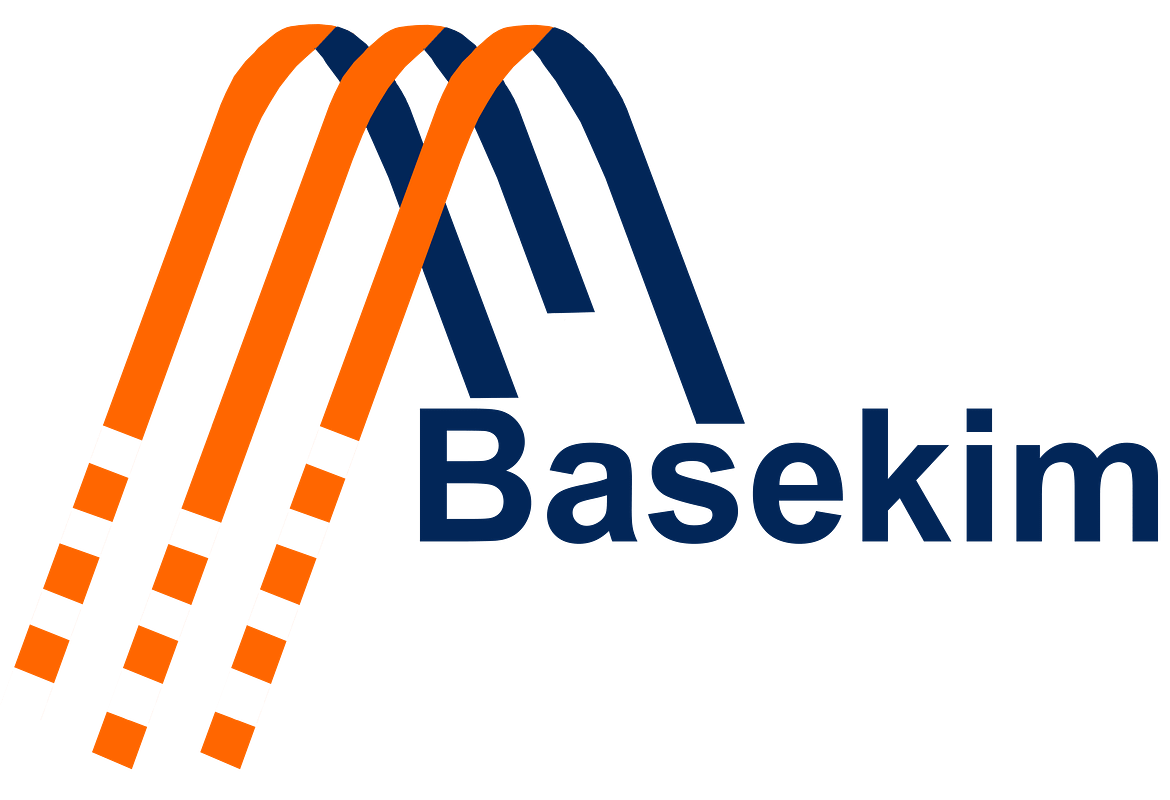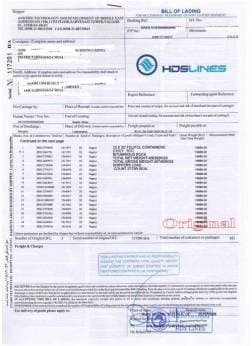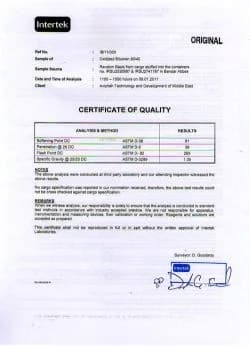Bitumen MC800 – Maximum Strength Medium-Curing Binder for Extreme Conditions
Bitumen MC800 is the most viscous grade in the medium-curing cutback bitumen family, developed for projects where maximum penetration, structural strength, and durability are essential. With an exceptionally slow curing rate and very high viscosity, MC800 cutback bitumen penetrates even the densest aggregates, forming a stable bond layer that can withstand extreme traffic loads, industrial activity, and severe climate conditions. Engineers select this grade when performance requirements exceed conventional industry standards.
Technical Profile of MC800
MC800 is classified under ASTM D2027 and AASHTO M82 specifications for medium-curing cutback binders. It typically has a viscosity of 800–1600 cSt at 60°C, a residue by distillation of 65–75%, penetration of residue at 25°C of 60–90 dmm, ductility above 75 cm, and a flash point over 40°C. These properties ensure ultra-slow curing, high residual binder strength, and balanced flexibility, making Bitumen MC800 suitable for high-stress pavements that demand resilience against cracking and deformation.
Engineering Advantages
The main engineering benefits of MC800 cutback bitumen include its ultra-slow curing time, which allows deep penetration and full coating of compacted road bases; its high residual binder strength, which produces a thick, elastic asphalt film after solvent evaporation; and its load-bearing capacity, which resists rutting and stripping under continuous heavy axle traffic. Additionally, its ability to maintain adhesion in humid coastal climates and high-temperature desert zones gives it superior climate versatility. Together, these features extend pavement life and reduce the frequency of costly resurfacing operations.
Applications
Bitumen MC800 is reserved for the toughest road and industrial applications. It is widely used as a prime coating material for highways, expressways, and airport runways where dense bases require maximum bonding strength. For surface dressing in extreme traffic zones, it provides both skid resistance and a moisture-resistant seal. In industrial pavement reinforcement, MC800 stabilizes mining haul roads, ports, and container yards, allowing them to endure heavy machinery operations. Its resilience also makes it suitable for projects in harsh tropical or desert climates, as well as strategic and military infrastructure such as airstrips and supply routes.
Controlled Manufacturing
The production of MC800 cutback bitumen involves selecting premium penetration-grade bitumen and blending it with slow-evaporating petroleum solvents to achieve the required viscosity profile. Temperature-regulated mixing ensures even solvent distribution and prevents premature evaporation. Each batch undergoes laboratory verification under ASTM and AASHTO standards for viscosity, flash point, penetration, and residue content, ensuring consistent quality. Once testing is complete, the product is immediately sealed in drums, bulk tanks, or IBC containers to maintain stability until delivery.
Packaging and Distribution
Basekim supplies Bitumen MC800 in multiple formats depending on project scale: new steel drums of 185–200 kg net weight with corrosion protection, bulk tanker shipments for large infrastructure projects, and IBC containers for industrial applications requiring controlled dispensing. Customized packaging is also available upon request. All shipments include Material Safety Data Sheets (MSDS), Certificates of Analysis, and full export compliance documents, and are shipped worldwide under FOB or CIF terms through Basekim’s established logistics network.
Safety and Handling
Like all cutback binders, MC800 cutback bitumen contains volatile solvents and must be handled with care. Storage should be in sealed containers in cool, ventilated areas away from heat sources or open flames. Personnel should use protective gloves, goggles, and clothing when handling the binder, and ensure proper ventilation when applying indoors or in enclosed environments. Transportation must follow ADR/IMO standards for petroleum-based products to ensure safety and compliance.
Frequently Asked Questions (FAQ)
Q1: Can oxidized bitumen substitute MC800 for heavy-duty priming? No. Oxidized bitumen is designed for sealing and waterproofing, while Bitumen MC800 is intended for deep penetration and heavy load-bearing capacity.
Q2: How flexible is MC800 compared to oxidized grades? MC800 cutback bitumen retains moderate flexibility after curing, while oxidized binders are harder and less elastic.
Q3: Is blending MC800 with oxidized bitumen recommended? Rarely, as the two serve different engineering purposes and have distinct curing mechanisms.
Q4: Which binder has a longer storage life? Oxidized bitumen typically lasts longer because it does not contain solvents. Bitumen MC800, however, must be stored in airtight containers to prevent solvent loss and maintain performance.
Table of Contents
Technical Specifications
| Property | Typical Value |
|---|---|
| Kinematic Viscosity @ 60°C (cSt) | 800 – 1600 |
| Flash Point (°C, Min) | 38 |
| Distillation Test Residue (%) | 55 – 70 |
| Penetration @ 25°C (dmm) | 120 – 250 |
| Solubility in Trichloroethylene (%) | 99.0 Min |
| Water Content (%) | 0.2 Max |
| Residue Ductility @ 25°C (cm) | 100 Min |


